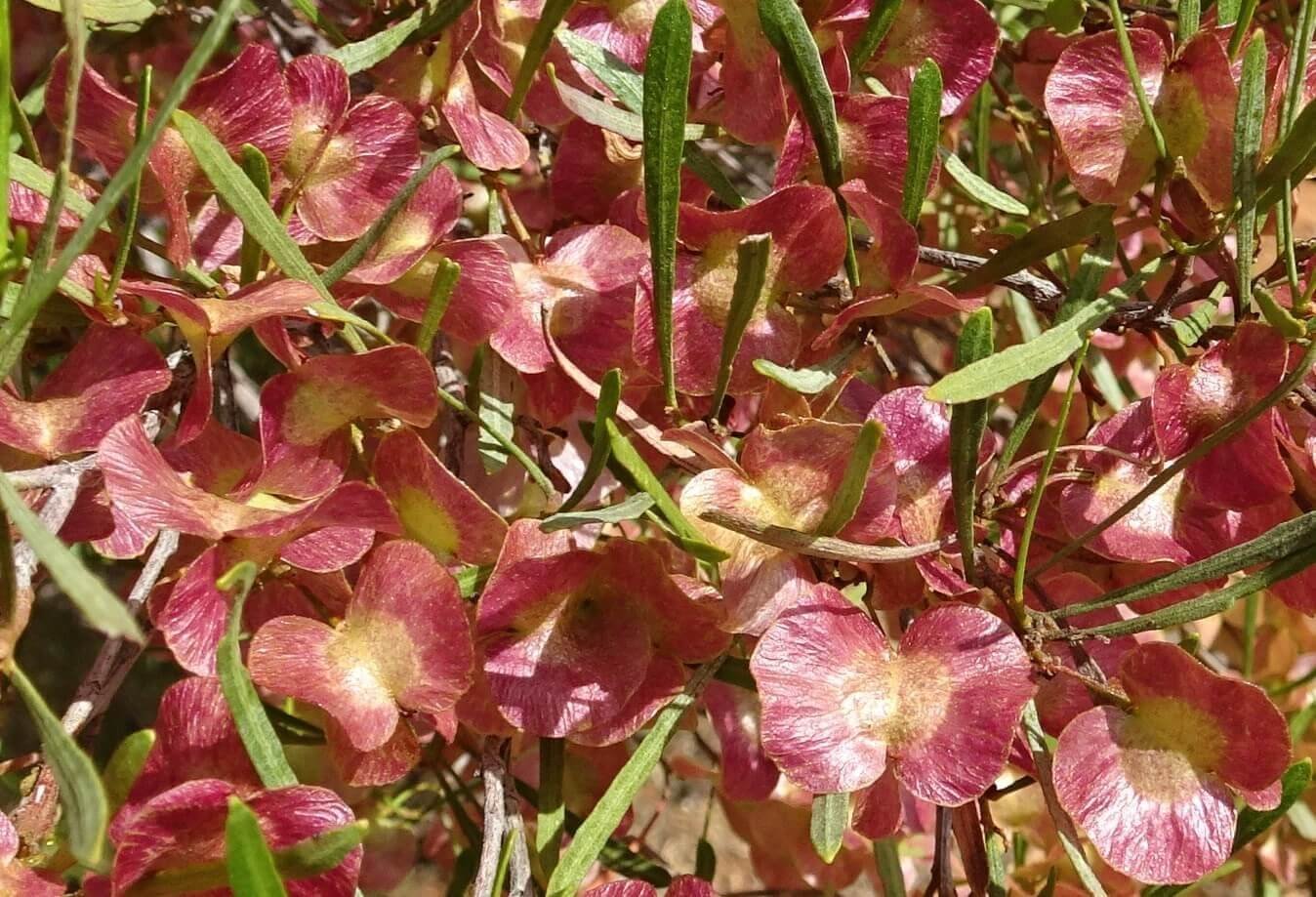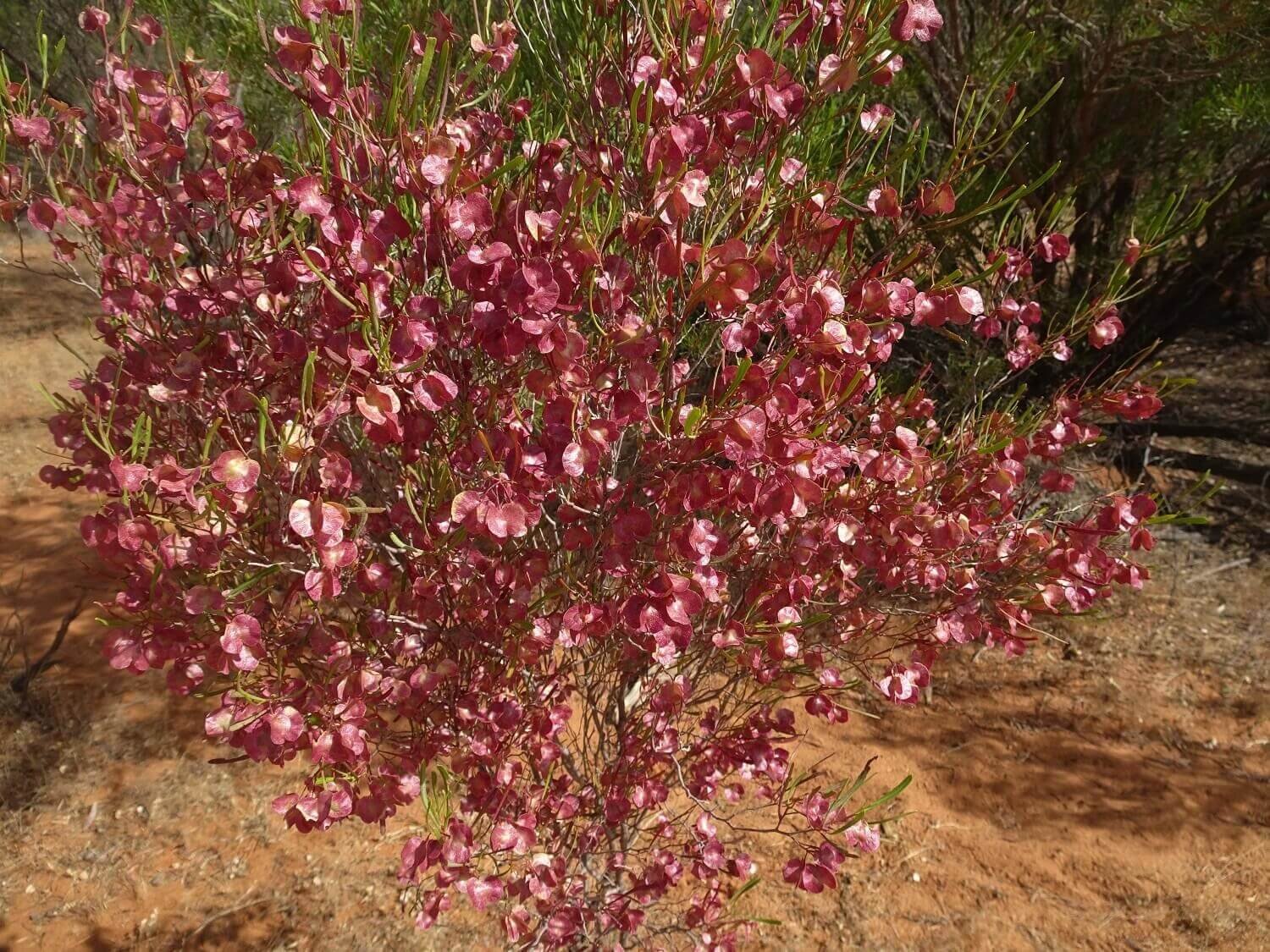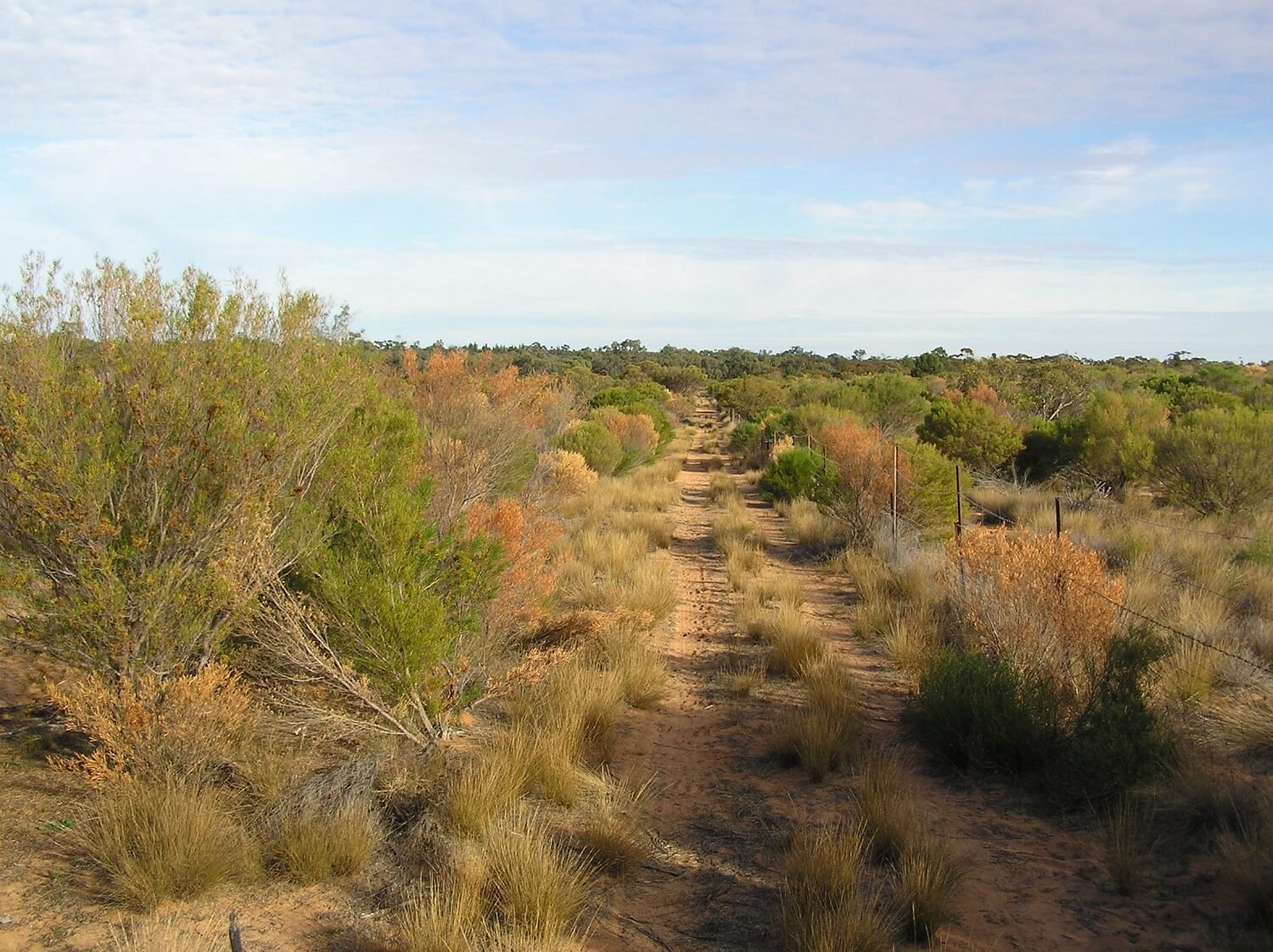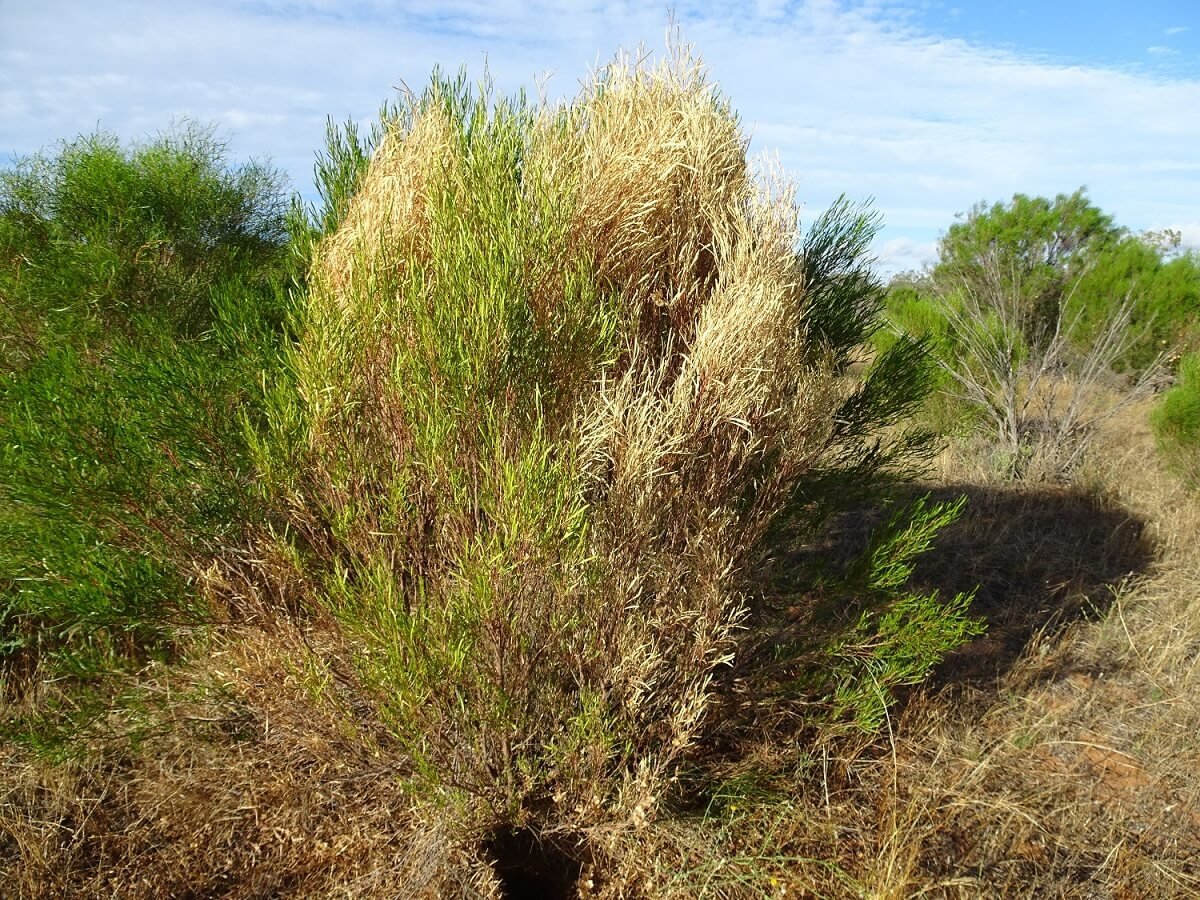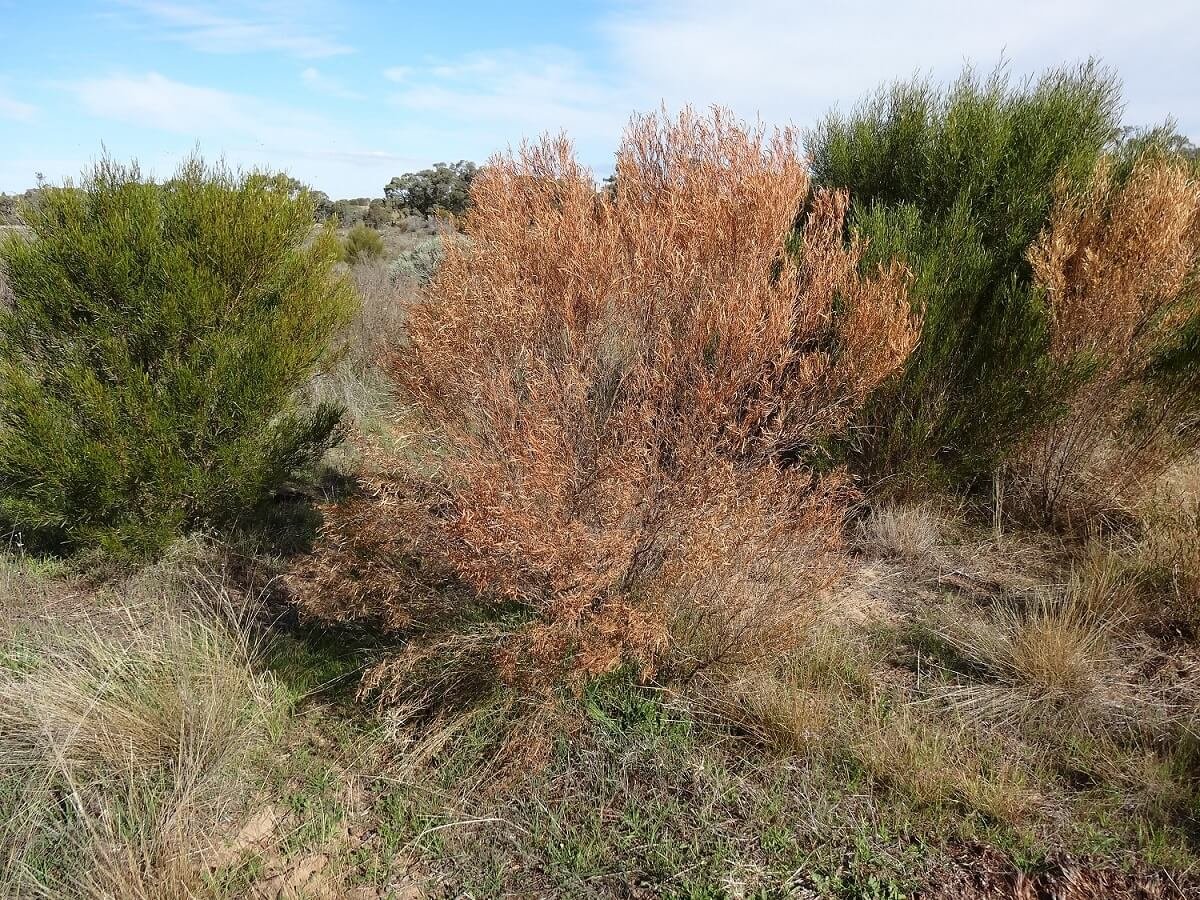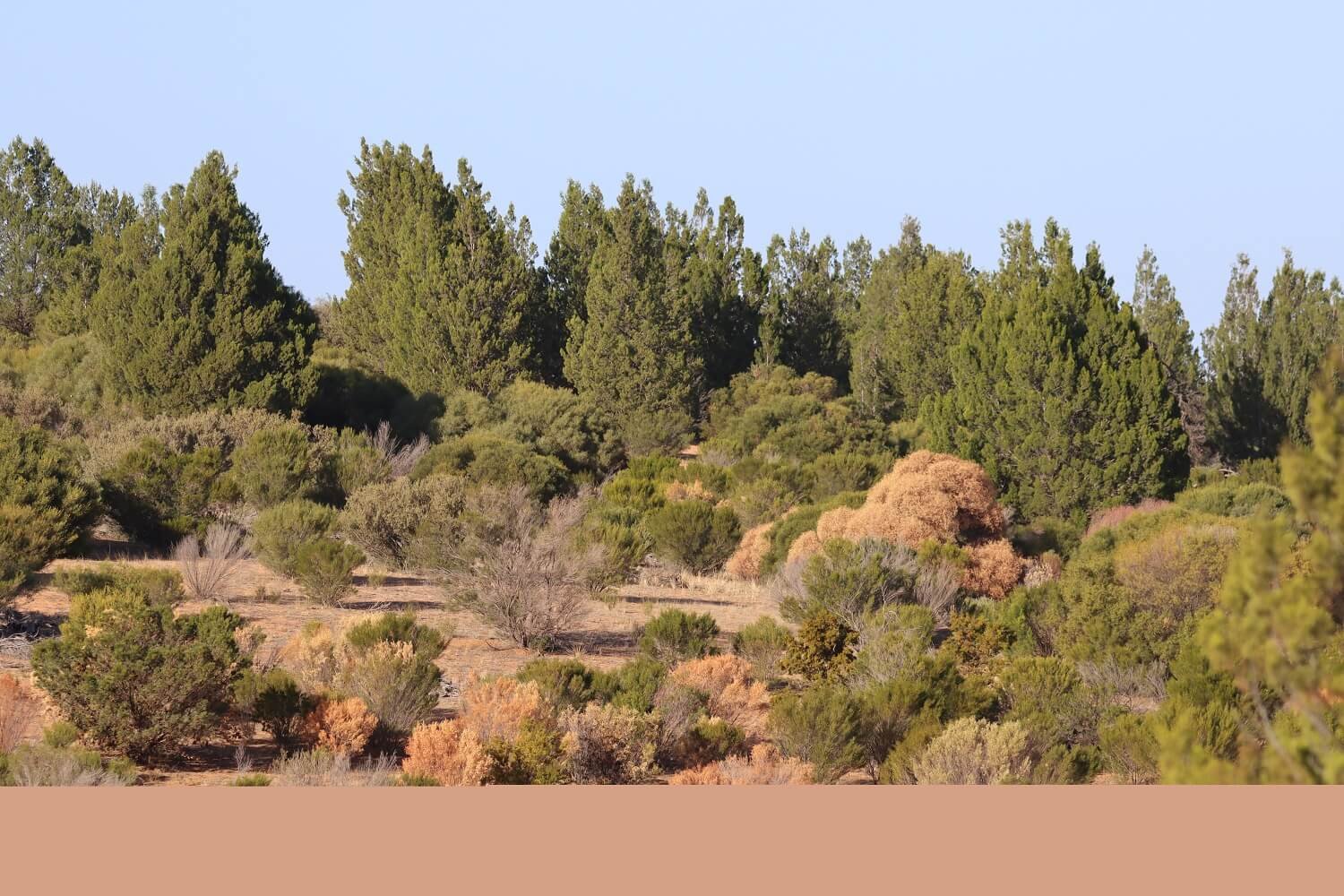Hopbush - the good and bad
At this time of year, the Hopbush is looking spectacular. It’s not the flowers on this shrub that attract attention, it is the deep red of the fruiting capsules. I have mixed feelings about this shrub though. On one hand, it hosts lots of cool insects and birds and is useful for erosion control. But it can be invasive, encroaching and then dominating vegetation communities.
Slender Hopbush (Dodoneae viscosa subsp. angustissima) is a spreading, multi-stemmed, slightly sticky shrub, usually 1-2 m high, although occasionally growing to 5 m. It is widespread and common in the Mallee and is generally found in deep sandy soils, particularly in disturbed areas, in a wide variety of vegetation types.
Habitat for insects and birds
I regularly see the very pretty Jewel Bug (Choerocoris paganus) living on Hopbush. There are often hundreds of Leaf Case Moths (probably Hyalarcta; these turn into moths with transparent wings!) But my absolute favorite are the Witchetty Grubs. These are the caterpillars of a large Cossid Moth that live in the roots and base of Hopbush and they’re delicious (truly). It is a bit of a mystery as to what species they are but we think they’re Endoxyla tenebrifer. I have one in a test tube in my cupboard that I’m growing up to see what it turns into. It’s been there for six months so far.
And Regent Parrots feed on Hopbush seeds. Need I say more?
Erosion control
On Raakajlim, Hopbush makes a valiant attempt to hold back the tide of shifting sand. It is also really useful to make “brush piles”. More on this another day, but simply, piles of vegetation are arranged in patches, or particularly along contours, where they gather wind- and water-dispersed leaf litter and seed and create a nutrient enhanced, favorable microclimate or “patch” into which native vegetation re-establishes (1).
Encroachment
But it is the encroachment of Hopbush into other vegetation communities that does my head in. Is it natural succession, or the sign of an unbalanced ecosystem? How much is too much?
Encroachment by shrubs, particularly into grasslands, has been observed in rangelands around the world. The cause is variously attributed to a combination of seasonal and management factors, including disturbance, over-grazing (from domestic, feral or over-abundant native species) and altered fire regimes. One theory suggests that losing the dingo as the apex predator from many parts of Australia has caused a “trophic cascade”. Without the dingo, foxes become more abundant. When foxes are abundant, they suppress populations of native rodents and rabbits. There aren’t enough rodents to eat the seed, nor rabbits to browse the seedlings, and this has contributed to the steady march of encroaching Hopbush across our semi-arid areas (2).
The encroaching shrubs compete for resources (i.e. light, water, nutrients) and inhibit regeneration of more desirable plant species, particularly native perennial grasses. Shrub encroachment and resulting over-dominance simplifies vegetation communities in both structure and composition (3). Hopbush is actually one of several native species considered to be “invasive native scrub” and removal without a permit is allowed in NSW.
But removing the shrubs is difficult. Species like Hopbush resprout readily from the roots if the above-ground parts are removed. There’s lots of thought going into how best to achieve lasting control. Should we bulldoze it out, pull it out with a big chain, roll it flat, or chop and slash it? Hopbush is tough (4).
Even if we could, it is not as simple as removing all the encroaching shrubs. Some shrubs are okay, even necessary. The greatest ecosystem service benefits are achieved where there is a mix of vegetation states, including grassland, shrubland (up to moderate density) and open woodland (5).
Here are five years of photo points showing Hopbush encroaching a native grassland habitat on Raakajlim.
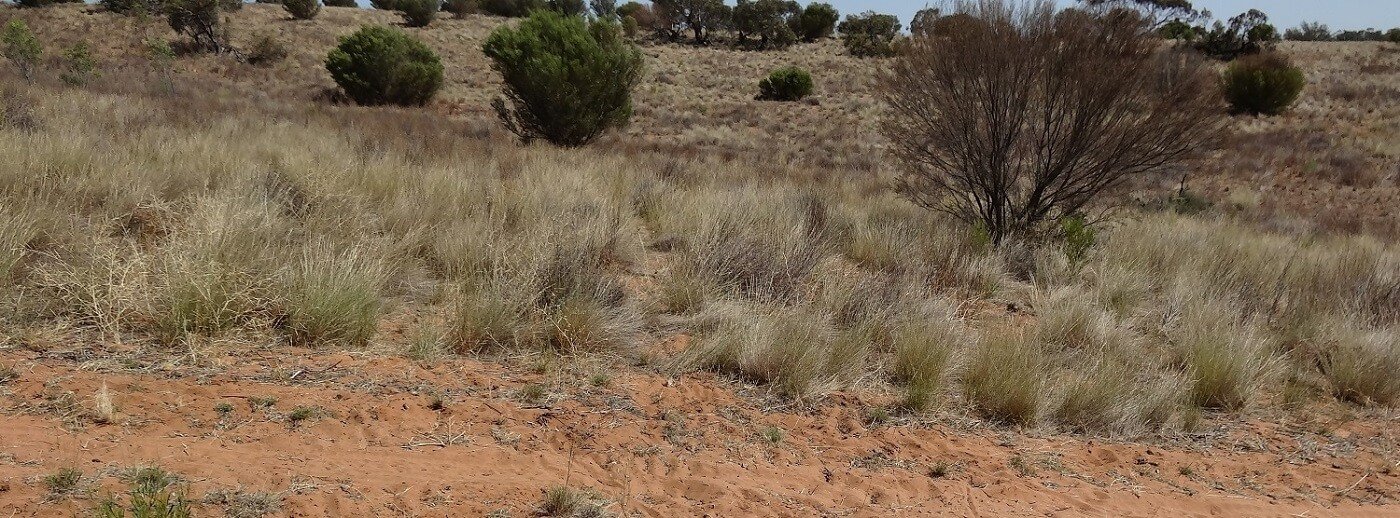

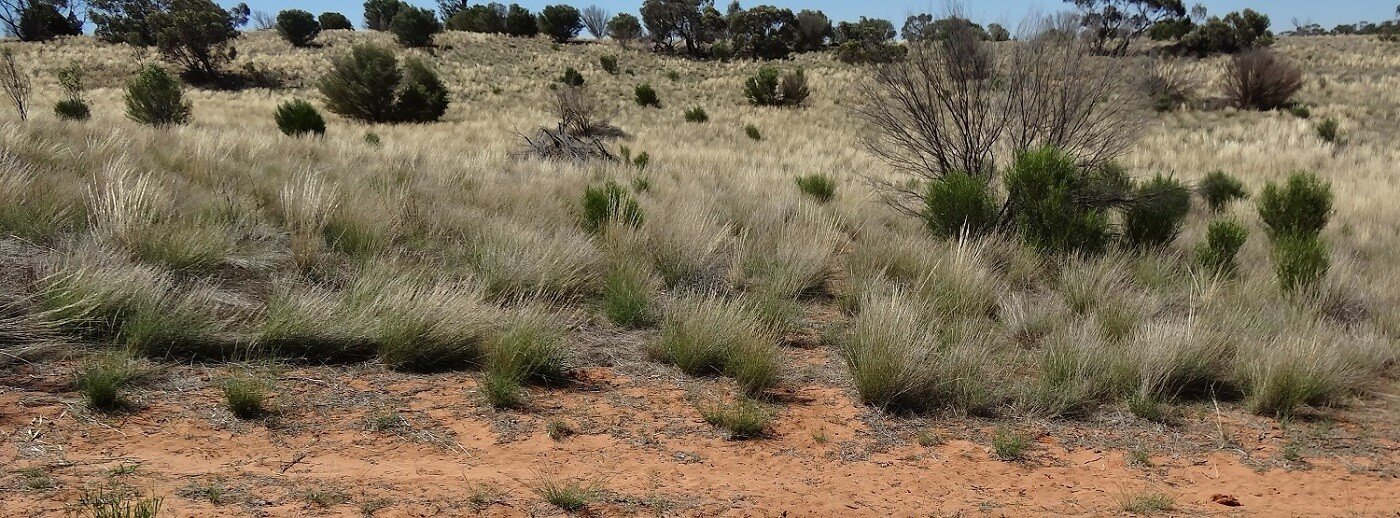
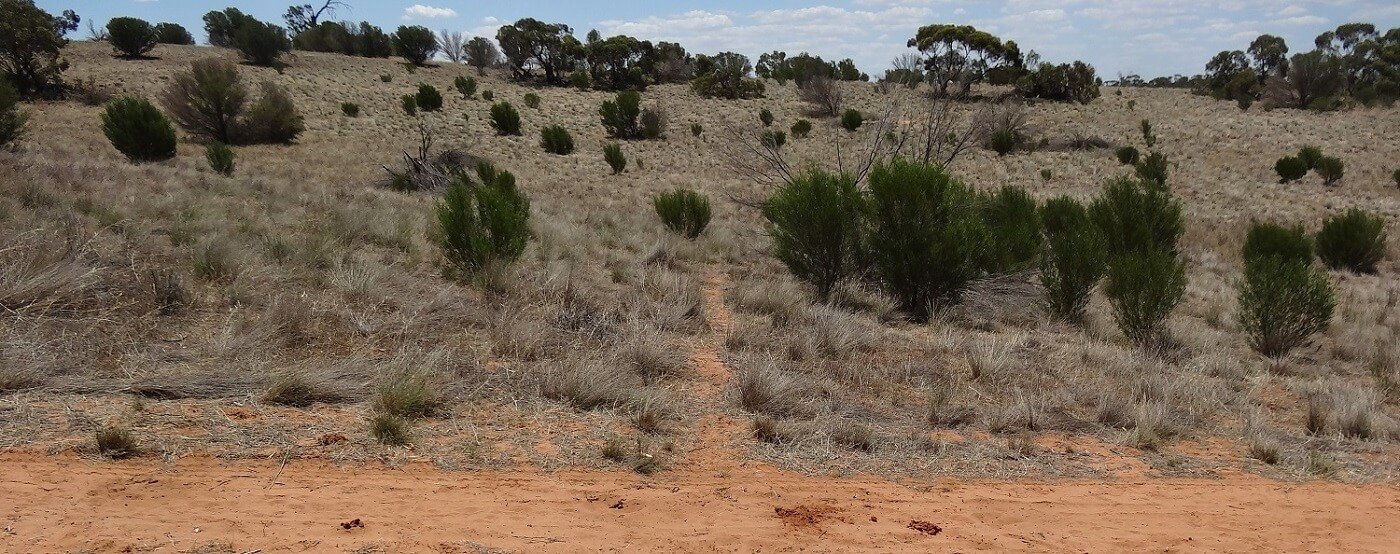
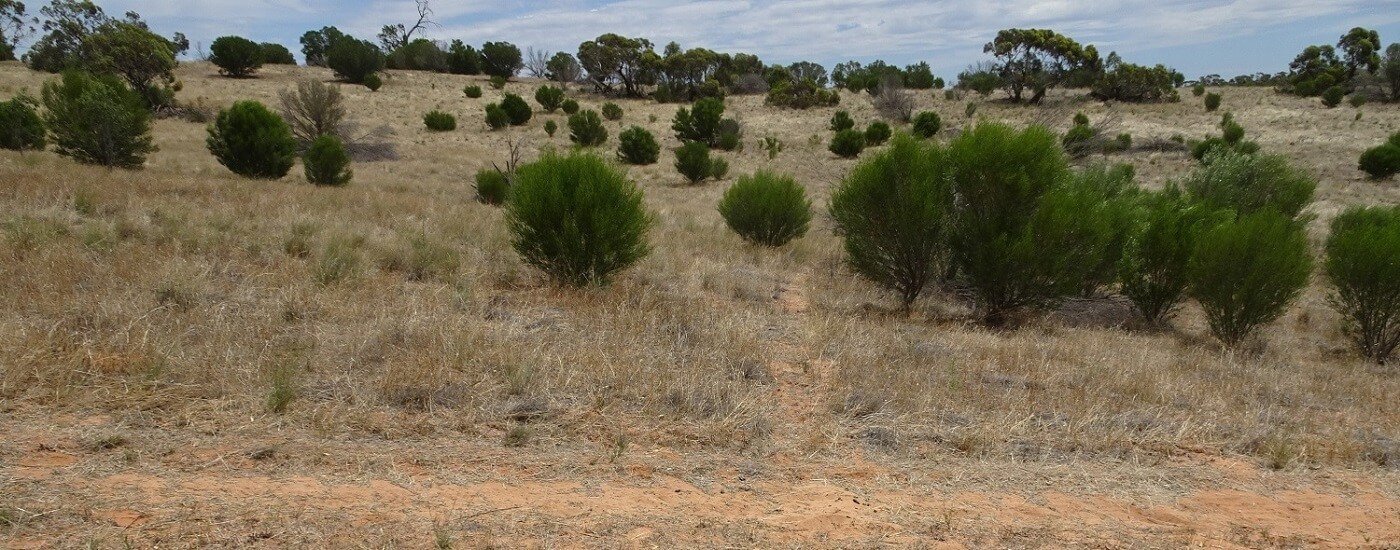
So on Raakajlim, we try to keep Hopbush down to a dull roar, about 30-50% cover. All native vegetation is protected in Victoria, however, we have a very limited permit to remove some Hopbush to use as “brush piles” in our restoration work. Phil plucks out individual Hopbush with the excavator, roots and all, and it doesn’t grow back. The brush piles are used to either protect seedlings or manage erosion, or both.
Hopbush dieback
We’ve noticed that towards the end of summer, some Hopbush yellow off and die. Hooray, we thought, some form of natural biological control?
So, back in 2015 we did some testing. Surprisingly, Phytophthera was isolated from two of 16 soil samples, although the lab was unable to identify this to species level. Botryosphaeriaceae fungi were isolated from six of eight plant samples. DNA sequencing identified Lasiodiplodia pseudotheobromae, Lasiodiplodia iraniensis and Neofusicoccum vitifusiforme.
The Botryosphaeriales are amongst the most widespread, common and important fungal pathogens of woody plants. Many are also known to exist as endophytes living inside healthy plant tissues. We concluded that an environmental stressor such as drought or Phytophthera infection could be causing the expression of disease symptoms in otherwise asymptomatic or latent fungal infections. The Botryosphaeriaceae fungi are clearly associated with dying Hopbush, but it was unclear if they were the causal agent. To determine this would require the isolated fungi to be inoculated into healthy plants and the response recorded, then the fungi re-isolated. Way more than my curiosity budget allowed for.
Further information
Tongway and Ludwig (2016) Brush pack experiment in restoration: How small changes can avoid leakage of resources and underpin larger scale improvements for restoration and rehabilitation
Gordon et al. (2016) Shrub encroachment is linked to extirpation of an apex predator
Hassall et al. (2006) Documenting the science behind the invasive native scrub tool
Eldridge and DIng (2021) Limited long-term effectiveness of roller-chopping for managing woody encroachment
Eldridge and Solivers (2015) Are shrubs really a sign of declining ecosystem function? Disentangling the myths and truths of woody encroachment in Australia

